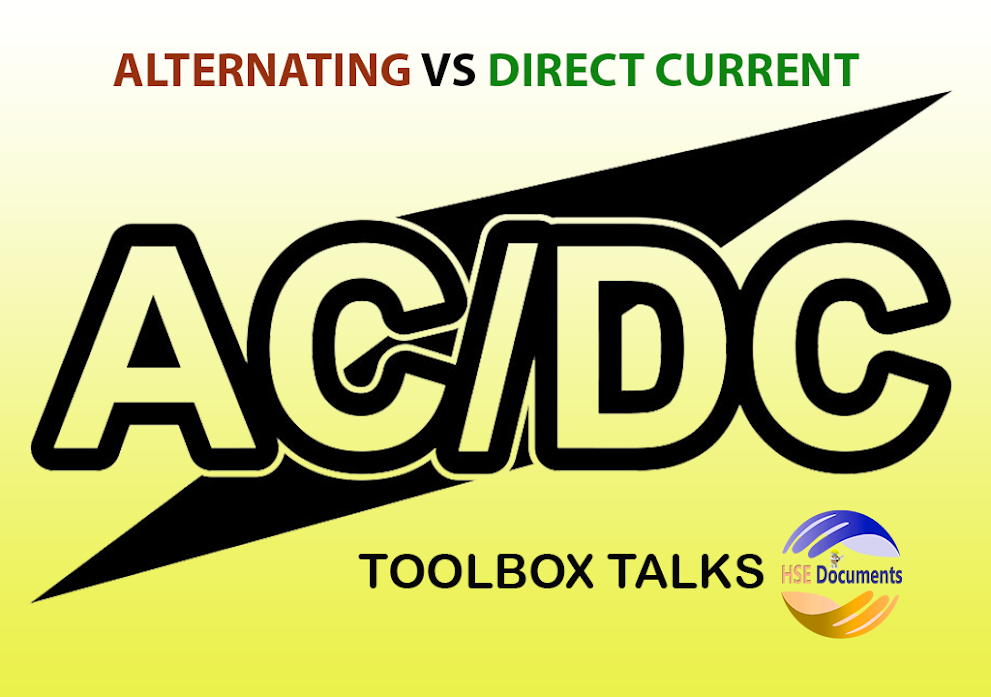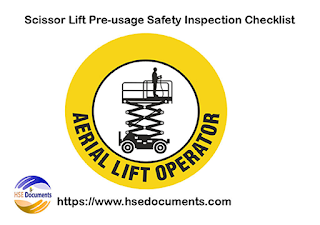Chlorine Gas (Cl2) Safety-Toolbox Talks
Chlorine Gas (Cl2) Safety
Exposure to a concentrated (rich or potent) quantity of chlorine can be toxic and irritate the skin, eyes, nose and mucous membranes. Chlorine need not be a serious hazard if the people working with it are properly trained and competent in its handling. Below mentioned are some technical guidelines for assuring the safe handling of chlorine.
- Make a provision of appropriate, essential and clear instruction and supervision to workers accountable for chlorine equipment.
- Provide proper and approved self-contained Breathing Apparatus (BP’s) in areas where Chlorine gas (Cl2) is stored or utilized.
- Keep all Breathing Apparatus (BP’s) stored outside the immediate chlorine area.
- Prepare Emergency Escape Plans (EEP) from areas where there might be a chlorine emission.
- Always remember to move uphill and upwind.
- Never store combustible or flammable materials or substances near chlorine containers and or storage areas.
- Never apply to heal directly to a chlorine container.
- Never attempt to weld an empty Chlorine gas (Cl2) pipeline without purging it with air first.
- Install safety showers and eyewash stations near chlorine equipment.
- If there is an emergency leakage of Chlorine occurs, at least two persons should make the repairs, and never try to handle it alone.
- Don’t spray water on leaking containers; it can make the leak worse.
- While entering an equipment area, take shallow breaths until you are sure that there is not a further chlorine gas leak.
- Always trust and or rely upon chlorination equipment for direct disposal of chlorine gas.
- Secure Chlorine gas (Cl2) containers/cylinders with chains, chocks, or trunnions.
Safety Rules for Chlorine
- Cylinders and Containers (100-150 Pound Cylinders)
- Never expose a Chlorine gas (Cl2) cylinder to heat.
- Never tamper with a fusible plug.
- Always keep the hood in place, except when the cylinder is being utilized.
- Never lift a cylinder by its hood, it could be dangerous and not secured.
- Never practice connecting two or more cylinders discharging liquid valves of two or more containers to a common manifold.
- Never drop or knock over a Chlorine gas (Cl2) cylinder
- Never try to move filled Chlorine gas (Cl2) containers with equipment rated under two-ton capacity.
Ton Containers
- Never expose a Chlorine gas (Cl2) cylinder to heat.
- Never tamper with a fusible plug.
- Do not move filled Chlorine gas (Cl2) ton containers with equipment rated under two-ton capacity.
- Do not connect liquid valves of two or more Chlorine gas (Cl2) containers to a common manifold.
- Store Chlorine gas (Cl2) containers in separately marked areas protected from heat sources.
- Do not use or store Chlorine gas (Cl2) containers near air intakes or basements where fumes could spread to other areas.
Chlorine Data Sheet Description
Chlorine gas (Cl2) is greenish-yellow by its colour, non-flammable, and about 2.5 times heavier than air.
Hazards
Chlorine can be toxic and irritate skin, eyes, nose, and mucous membranes. Liquid chlorine can cause severe irritation and blistering of the skin.























